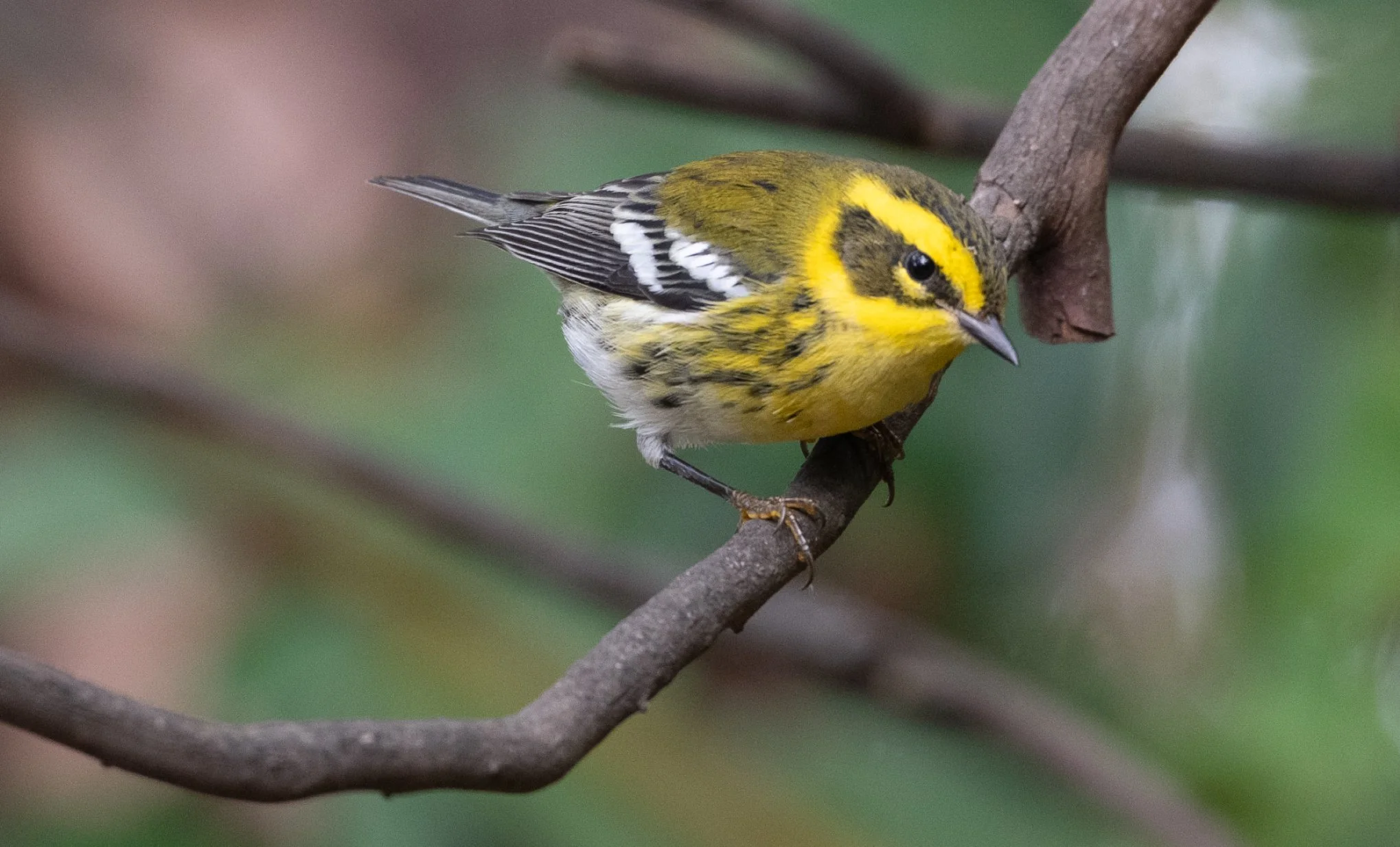Eleven years ago, National Audubon research pinpointed human-caused climate change as the greatest threat to two-thirds of North American bird species. This summer, the Environmental Protection Agency (EPA) announced its intention to rescind the 2009 “endangerment finding” in which the agency found that greenhouse gases threaten human health. This finding has been the legal grounding for federal bills and policies addressing the existential threat of climate change, now to be ignored because of the change in Administrations. Climate change will persist regardless.
The past eight months have been replete with reminders that conservation and environmental victories must be won over and over again. Policies and practices we take for granted are being wiped out from one day to the next, condemned as unnecessary or harmful, even, somehow, corrupt. The onslaught is so aggressive and demoralizing that the temptation is to feel helpless to protect what we value and to look away, to drop out. As people who care about the environment and about non-human life along with our own species, we rise to the occasion. This is the opportunity of a lifetime to stand up for what we value when it really counts, maybe an opportunity we’d rather not have, but here we are.
As we all know, there are many, many national issues of concern related to conservation and Audubon’s mission of preserving and restoring birds and other wildlife along with their habitat. Read the May 2025 Skagit Audubon Conservation Notes for a summary of several of those national issues, including the watering down of the 1918 Migratory Bird Treaty Act and of the 1973 Endangered Species Act. I’ll provide updates on these issues when there’s new information. (May25ConservationNotes.pdf, items numbered 2 and 5)
Federally funded research and long-term data collection on climate change along with measures to combat greenhouse gas emissions are being rolled back en masse. Agencies are no longer allowed to so much as mention climate change. We’re fortunate to live in a state where reality and science remain the basis for legislative action and where 62% of last November’s voters chose to uphold the Climate Commitment Act, major legislation addressing this truly existential threat to people and wildlife. We can still act at the state and local levels and must step up our efforts.
Undoing the Roadless Rule
In June of this year the Secretary of Agriculture, overseeing the U.S. Forest Service, announced plans to rescind the 2001 Roadless Rule. For a generation this rule has protected 58 million acres of our public forest lands (including over 2 million acres in Washington State), from clearcutting and unnecessary road building while the rule protects habitat for many species, safeguards drinking water, and provides opportunities for recreation in nature. Our national forests already have many more miles of road than can be maintained. This huge reversal of conservation policy accompanies the administration’s determination to vastly scale up logging on our national forests while waiving environmental review and public comment. We’ll join other conservation groups in speaking out against this raid on public lands that so threatens the habitat birds and other wildlife require.
Skagit County’s Critical Areas Ordinance update
On a happier note, Skagit County’s draft update of the Critical Areas Ordinance (CAO) mentioned in the June Conservation Notes continues to show improvements over the earlier version. You can read the comments Skagit Audubon submitted in May at https://static1.squarespace.com/static/6474fc5db738031c56c2f6c4/t/682156d0debe032074423fef/1747015378744/Skagit+Audubon+coms+on+draft+updated+Critical+Areas+Ordinance+May+2025.pdf. For the second round of commenting I collaborated with Skagit Land Trust on its comments urging further improvements in the ordinance. Increased buffers, as in the plan, would be beneficial, and there is now some attention given to protecting wildlife corridors, but smaller wetlands are not yet sufficiently protected, and there is still a provision allowing some logging in riparian buffers. The Board of County Commissioners will decide on the final version of the CAO in a few months.
Join the Audubon Action National and Washington State networks
The May Conservation Report ended with a list of things we each can do to help support birds. Now that a few months have passed and environmental policies and programs have taken many more blows, it’s important to remember that being an active citizen is ultimately the most important thing we each can do to protect places, people, creatures, and conditions important to us. There are many good environmental groups to support, and Skagit Audubon keeps in touch with and works with a number of them on state and local issues. Audubon members can also advocate for regional and national protection of birds and other wildlife and their habitat by responding to action alerts from Audubon Washington and National Audubon. Enroll in Audubon Washington’s Action Network at Join Our Action Network | Audubon Washington particularly for Washington State issues. The National Audubon website (Advocacy & Action | Audubon) has abundant information on Audubon’s numerous current conservation campaigns. Sign up there to receive national alerts (Join Our Action Network | Audubon).
Last but not least, check the Conservation Notes posted on the Skagit Audubon website most months September through June for opportunities to comment to agencies and elected officials on the issues mentioned (https://www.skagitaudubon.org/conservation-notes-letters). If you would prefer receiving the Conservation Notes directly via email, let me know at conservation@skagitaudubon.org.
Photo credit: Townsend’s Warbler by Joe Halton
